MULTIMEDIA CORNER
MULTIMEDIA
CORNER
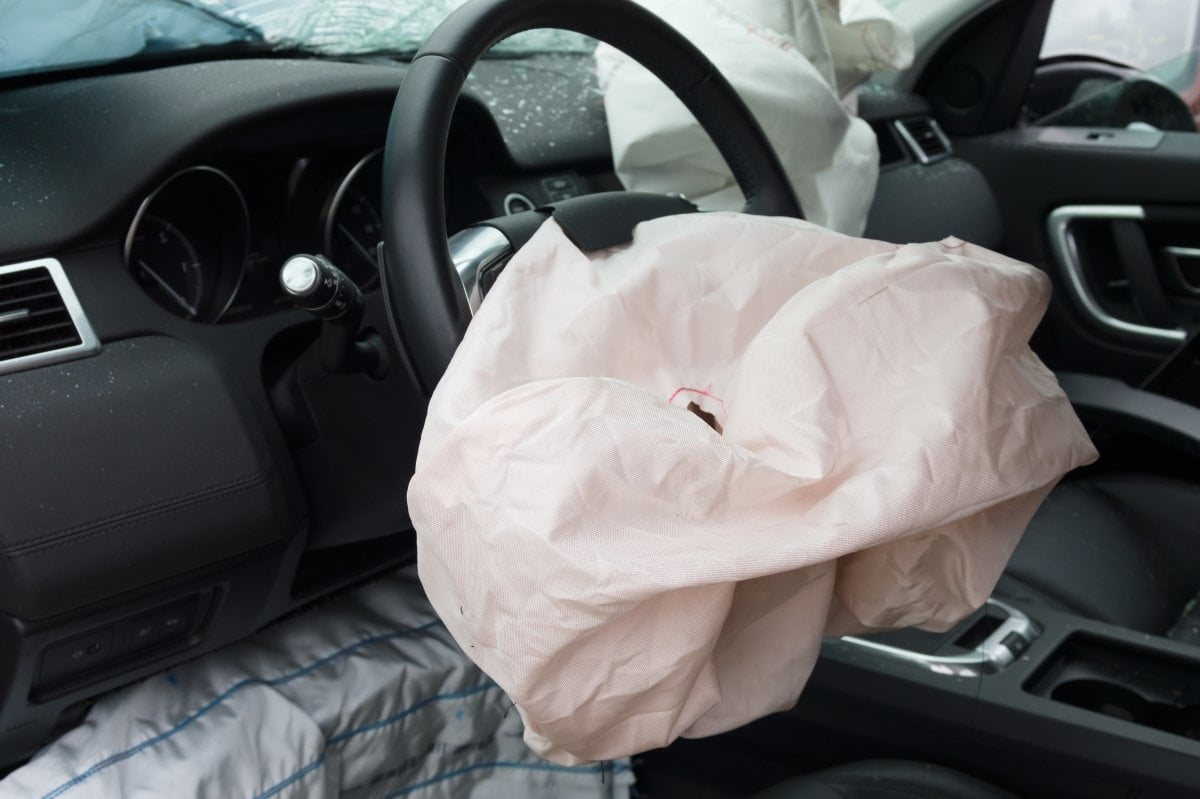
Fractions of a second are key in both segments. Just as the cartridge of a firearm contains a propellant powder that accelerates the projectile, many safety systems in cars have propellants that trigger life-saving devices when ignited.
In the event of a collision, the seatbelt’s tightening mechanism works in the same way as the acceleration of a projectile when firing a firearm. The seatbelt tensioner is filled with the same chemical propellant based on nitrocellulose.
When the propellant charge is triggered, gases expand explosively in up to 15 milliseconds, tightening the seatbelt by about 15 centimetres. Without the propellant charge, the seatbelt tensioner would not be triggered and would not therefore be able to provide the vehicle occupants with the required protection.
The seatbelt tensioner is thus one of the passive safety systems in a car. Rheinmetall Defence also supplies propellant powder for seatbelt tensioners to customers in the automotive industry.
Propellant charge: A cross-industry product
Propellants are traditionally used extensively in shooting and hunting as well as in the defence industry. Rheinmetall supplies propellant powders for high-performance ammunition as well as for rescue systems. For example, propellant powder is used in ejector seats of fighter aircraft: Pilots in their seat can rescue themselves from a crashing aircraft by igniting the propellant charge.
In addition to belt tensioning, the automotive industry is increasingly using propellants in other areas of the vehicle, such as airbag deployment systems.
Airbag deployment system is connected to the seatbelt tensioner
The airbag is triggered by the propellant charge. When the vehicle brakes sharply, the propellant charge ignites, similar to the ignition of the propellant charge of a projectile or a seatbelt tensioner, and inflates the airbag in a fraction of a second.
The seatbelt tensioner is also connected to the airbag deployment system, such that information such as the vehicle speed is transmitted via the sensors. In the event of a collision, the airbag deployment system processes such information and decides whether just the seatbelt tensioner is triggered or the airbag too.
At an impact of approx. 60 km/h and an upper body weight of 50 kg, a force of around 23 kN (approx. 2300 kg) acts on the shoulders of the occupants (assuming a braking time of 36 ms).
*Title photo from archive
Source: Rheinmetall Defence
Also read:
One-day Event for the Eastern Mediterranean and Cyprus at Neapolis Paphos University
On Wednesday, January 15, 2025, from 18:00 to 19:30, an important one-day event will be held at the “Kerynia” Amphitheatre…
Ministry of National Defence | Thank-you announcement for the 103 donors who offered 26 million euros in 2024 to the Hellenic Armed Forces
The Ministry of National Defence, reaching the end of 2024, feels the obligation to thank the 103 donors, whose donations were a valuable…
BATTLEFIELD ReDEFiNED 2024 | The premier Defence and Security Conference Successfully Concludes in Cyprus – Photos
The International Defence and Security Conference “BATTLEFIELD ReDEFiNED 2024” was successfully concluded on Friday, 13, December 2024…
SCHIEBEL | CAMCOPTER® S-300 UAS Selected for Major European Defence Project
Schiebel, as part of the SEACURE consortium led by Thales, has been awarded a grant agreement under the European Defence…
USA | Upgrade of B61-12 Gravity Nuclear Bombs with a Program Worth 9 Billion Dollars
The National Nuclear Security Administration (NNSA) of the US Department of Energy announced a few days ago that the life extension…
Turkaegean | Cancellation of the European Trademark
The European trademark “Turkaegean” is cancelled by decision of the European Union Intellectual Property Office (EUIPO) (C58927, 10/01/25)…
MBDA | With the ENFORCER Anti-Tank Focusing on Special Forces at the BATTLEFIELD REDEFiNED 2024 Conference
MBDA, the multinational leading European missile systems manufacturer and one of the largest worldwide, presented for the…
USA | Bipartisan Resolution Calls on Trump to Take Political Action on the Cyprus Issue
A cross-party resolution condemning Turkey’s illegal occupation of Cyprus was tabled in the House of Representatives by…
Serbia | The FK-3 Air Defence System for the First Time in Operational Service
Serbia has become the first European country to operationalise Chinese-made FK-3 air defence missile systems.






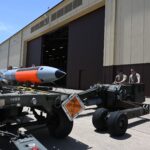

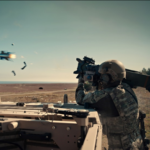




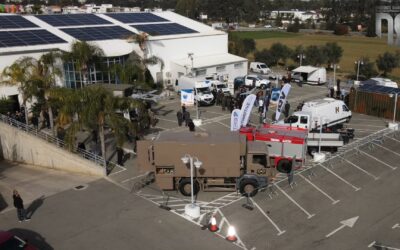
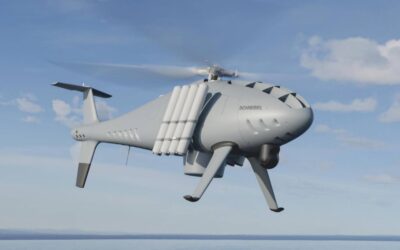
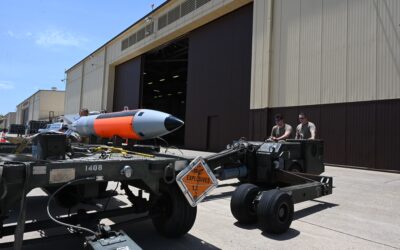

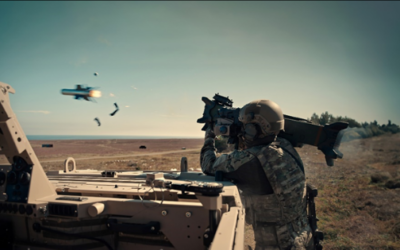

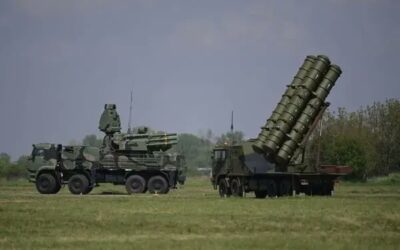
0 Comments